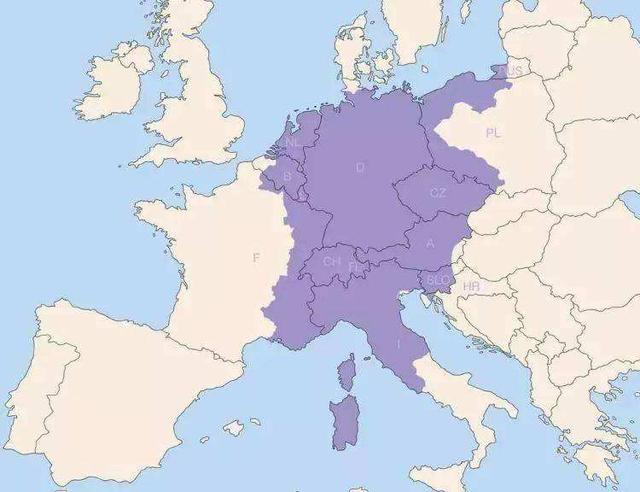治理层
“治理层”是指劳动力市场由官方监督、政府对社会发展及个人行为的决定范围中的某一级别,也可以称为政府干预的领域。它是众多因素中最接近于官方政策直接决定的政策影响因素。治理层的基本架构由政府的机构和行政机关组成,这些机构和行政机关具有不同的职能。治理层的行为主要取决于政府的政策,对企业来说,政府政策是改变生产和销售状况的重要原因之一。
治理层也影响着社会斗争,它可以控制一定范围内的社会进程,从而影响社会发展的各种维度。比如,政府制定的行政政策、立法政策、预算政策等都会影响劳动力市场的发展,从而对各项经济活动造成直接或间接影响。政府可以通过调节税收政策、提供社会支持和资金投资等规定企业的发展;也可以通过监督和其他措施来限制企业行为。
此外,政府政策也会影响私营企业与公众之间的关系。企业最终是社会的创造者,它们依靠政府开放的环境来寻求创新和增长。但政府政策的不同会导致利益的发生变化,从而影响企业与公众之间的关系。政府可以通过立法和行政政策来鼓励企业和其他社会利益相关者扩大经济活动的覆盖面、增加就业机会和促进发展,也可以实施政策来惩罚和阻止对公众违背利益的行为。

治理层也会影响社会政治环境,游戏规则的改变通常需要基于政府政策的支持和监督。政府除了制定涉及社会关系的规定以外,还会维护公共安全,处置和抑制社会冲突,解决社会行政矛盾等。政府可以经营政府企业,以实现对公共利益的有效保护;也可以支持平等保护的社会正义政策,不仅通过公平的立法,而且通过加强公共服务和采取其他措施确保社会正义的实现。
总之,治理层是劳动力市场和社会发展中最有影响力的政府政策影响因素,它不仅可以影响经济结构、劳动力市场和私营企业的发展,而且还可以影响社会政治环境以及道德价值观的落实和实施。政府通过政策和法律的规范和管理,使“治理层”的基础结构尽可能地满足公众的监督需求,实现公共利益的有效协调和维护。因此,“治理层”对社会经济发展至关重要,必须由政府和各方共同参与,才能实现社会公正和秩序的稳定发展。

治理层英文
Governance layer refers to the various management and supervision mechanisms established by an organization to formulate effective management strategies, implement management objectives, adjust organizational behavior and internal environment, and promote effective coordination and cooperation between various stakeholders in the organization. Such mechanisms usually include: the organization's decision-making mechanism, principles of operation and internal management system, system of internal control ( IC ) and evaluation mechanism, information management system, communication system and incentive system, risk management system, etc.
The organization’s decision-making mechanism plays an important role in the governance layer. It is the cornerstone of corporate governance and a balance between shareholders, customers, suppliers and other stakeholders can be achieved through appropriate decision-making mechanisms. The decision-making mechanism should contain standard internal procedures and regulations to guide the governance process. It should provide a framework for the organization's performance and management objectives and ensure that the organization’s strategies, policies and regulations are effectively implemented.

Principles of operation and the internal management system are also important for the governance layer. The internal management system should reflect the principles of operation and procedures which the organization follows, i.e., the clear organization structure, division of functions and responsibilities, and the coordination process between various departments. The internal management system is conducive to improving to the efficiency of the organization, and enforcing transparency, fairness and accountability.
The system of internal control ( IC ) and the evaluation mechanism are also important. The internal control system is designed to ensure the effectiveness of the internal management system and facilitate the achievement of the organization's objectives. It should be designed to balance the organization’s resources, management arrangement and operating procedures. The evaluation mechanism should focus on measuring and assessing the organization’s performance. It is a management tool used to help organize and measure operational performance. The evaluation mechanism should help to pinpoint management errors that have occurred and address any potential issues.

The information management system is also a key component to the governance layer. It enables organizations to systematically analyze, store and manage data. By collecting and analyzing the data, the organization can obtain insights on the organization’s performance, optimize the internal management system, and help the organization better understand the market and its own competitive position.
Communication systems are necessary for the governance layer as they help to facilitate better collaboration and communication among various stakeholders in the organization. The communication system should be designed in a way that considers both the need for information sharing and for the privacy of personnel and data, as well as security concerns.
The risk management system is an important component of the governance layer and it helps to mitigate risks associated with operations and related activities. It enables the organization to identify, assess and manage risks on an ongoing basis. The system should contain specific and comprehensive risk management plans and controls to enable organizations to address any potential risks.
In short, the governance layer consists of the various management and supervision mechanisms established by an organization to ensure effective management, coordination and communication between various stakeholders in the organization. These mechanisms include the organization’s decision-making mechanism, principles of operation and internal management system, system of internal control ( IC ) and evaluation mechanism, communication system and incentive system, information management system, risk management system, etc. In order for these mechanisms to work effectively, it is important for the organization to develop a comprehensive strategy that contains detailed policies and regulations, as well as a system of monitoring, evaluation and feedback.







